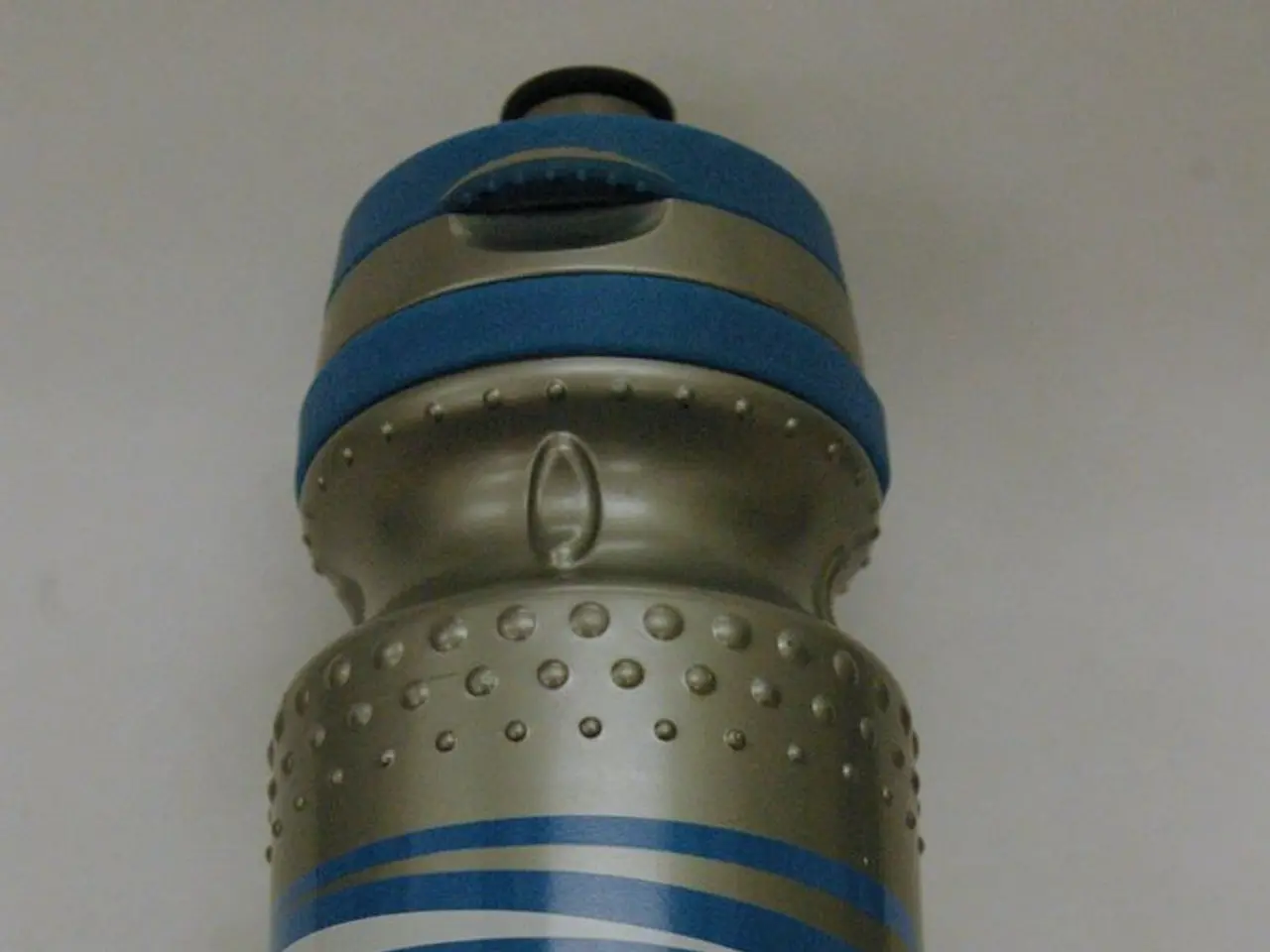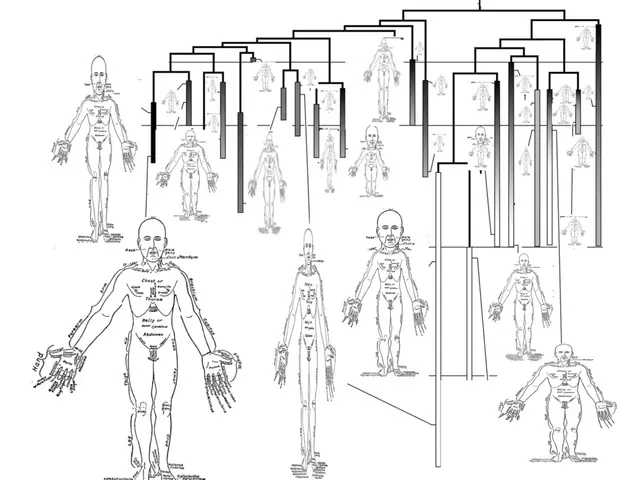Artificial intelligence innovation in forecasting chemical interactions
The FlowER model, a groundbreaking artificial intelligence (AI) tool developed by a team at MIT, has been making waves in the scientific community. This innovative system, available on GitHub, is predicted to make accurate predictions and assist in assessing reactivity and mapping out reaction pathways.
The FlowER model, named after the 'Flow matching for Electron Redistribution' method, outperforms existing approaches in finding standard mechanistic pathways and generalizing to previously unseen reaction types. It uses a unique approach that anchors the reactants and products of reactions in experimentally validated data from the patent literature.
The system operates by using a matrix to represent electrons in a reaction, ensuring that none are spuriously added or deleted. It was trained using data on over a million chemical reactions obtained from a U.S. Patent Office database, although it does not include certain metals and some kinds of catalytic reactions.
In comparisons with existing reaction prediction systems, the FlowER model shows a significant increase in validity and conservation, with matching or slightly better accuracy in performance. The new approach incorporates physical constraints, such as the laws of conservation of mass, to improve the accuracy and reliability of its outputs.
The research, supported by the Machine Learning for Pharmaceutical Discovery and Synthesis consortium and the National Science Foundation, focuses on predicting the outcomes of chemical reactions using AI and large language models (LLMs). The work was first reported in the journal Nature on August 20, and the paper was authored by Joonyoung Joung, Mun Hong Fong, Nicholas Casetti, Jordan Liles, Ne Dassanayake, and Connor Coley.
The next step for the team is to expand the model's understanding of metals and catalytic cycles, a direction they are interested in for future research. The long-term potential impact of the system is significant, with the possibility of helping discover new complex reactions and elucidate new mechanisms. The model could potentially be relevant for predicting reactions in various fields such as medicinal chemistry, materials discovery, combustion, atmospheric chemistry, and electrochemical systems.
All models, data, and the previous dataset developed by Joung are open-source and accessible to everyone. The research did not mention any specific advertisements, ensuring its focus remains on advancing the field of chemical reaction prediction. This open-source nature of the project allows for collaboration and further development by the scientific community, potentially leading to even more breakthroughs in this exciting field.
Read also:
- Understanding Hemorrhagic Gastroenteritis: Key Facts
- Stopping Osteoporosis Treatment: Timeline Considerations
- Tobacco industry's suggested changes on a legislative modification are disregarded by health journalists
- Expanded Community Health Involvement by CK Birla Hospitals, Jaipur, Maintained Through Consistent Outreach Programs Across Rajasthan








